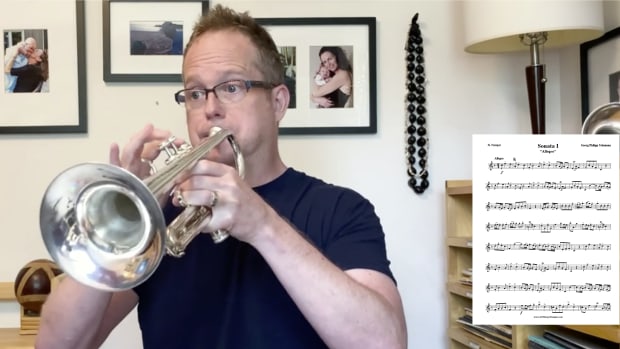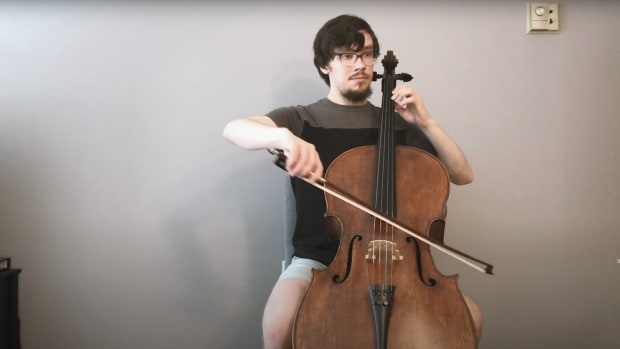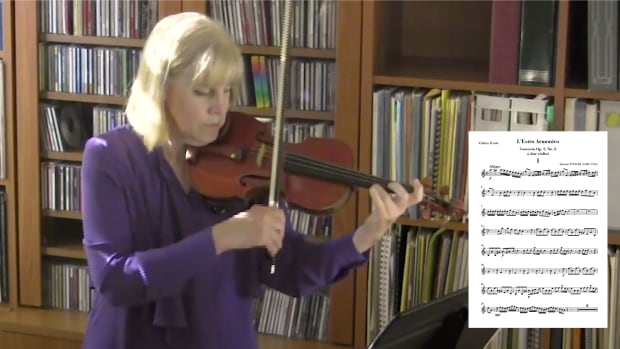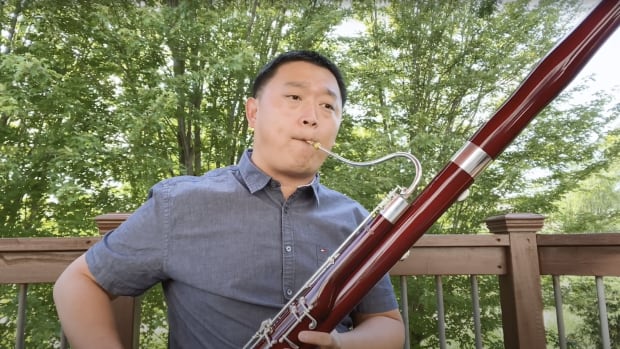Making the Switch

By Minnesota Orchestra violist Kenneth Freed
Fortune smiled on me as a baby when I was adopted by a family that prized culture and learning. Thinking it might be good for my development, my mother, a child psychologist, enrolled me in the Suzuki violin program at lower Manhattan’s Henry Street Settlement when I was about 5 years old. I dutifully practiced with my mother (“No TV without Practice," she'd say!), played all the group recitals, and was eventually accepted to Louise Behrend’s violin class at Juilliard Pre-College.
All through school I learned other instruments: trumpet, baritone, French horn. I played in the orchestra and even the concert band. The highlight of my musical career, at least according to my father, was a trumpet solo from Aïda’s Triumphal March. So by the time I got to high school, my education had provided me myriad opportunities to learn new and exciting instruments.
When I started High School in 10th grade, I was asked by my school orchestra conductor whether I wanted to switch from violin to viola. There was only one other violist and it seemed like a fun idea, as I was having trouble focusing and behaving while playing the violin.
The problem was going to be the clef—the alto clef, a near-exclusive domain of the viola. The other violist gave me a quick primer and I was off to the races. I think we played The Nutcracker Suite.
Now here’s where things get interesting. A clarinetist and a pianist friend at school asked me if I wanted to put a group together to play Mozart’s Kegelstatt Trio for piano, clarinet and viola. This is where my love affair officially begins. We rehearsed after school a few days a week for a couple of months, and then performed the piece a few times at various school functions and even at a house concert.
The sound of the viola went straight to the core of my being. I loved the liberating physicality of the instrument and the chocolate coffee darkness of the sound. It just seemed to fit my orangutan arms better than the violin, which gave me no end of adolescent aches and pains. Playing with shoulder rests, chin rests and posture drove me to no end of distraction. The viola just fit. It worked. It was fun to play. And I felt free. The Mozart Kegelstatt is a joy for any violist, and I fully embraced the challenge of putting Mozart together with friends and the social aspect of playing in a group.
The next year a friend asked me to play viola in a quartet of seniors. The friend bought me an Incredible Hulk tee shirt with “Viola Power” stamped on the back. In my mind I was still a violinist and just playing viola for fun.
At Greenwood Music Camp in the Berkshires (where I met the young Mr. Sam Bergman) I pushed myself and was encouraged to sight-read quartet literature every day. As a camper, counselor and faculty member, I read and performed new repertoire all the time.
That is where, I suppose, the joy of learning comes in. The viola is a different animal from the violin. It is not a bigger violin. The emotional range of much viola music tends towards the melancholy and mournful. Finding your voice within the soul of the sound is as good a place as any for a violinist who wants to switch. Violin is bright, brilliant, extroverted and carries the melodic line. The sound production is often a challenge for switching violinists as the contact point is different. We use arm weight to create a sound. The vibrato is wider. The clef can be a challenge. Of course, understanding the musical and administrative role of the inner voice is critical. In quartet lore, the saying is that the violist who navigates between the high and low voices must be a philosopher.
Starting from the vantage point that the viola was a unique instrument whose range touched the melancholy and sad parts of my soul was critical to my switch. I am still learning today, and thank the mentors and teachers who set me on this path and encouraged me to make the switch into what turned into a lifetime of music-making with others.




